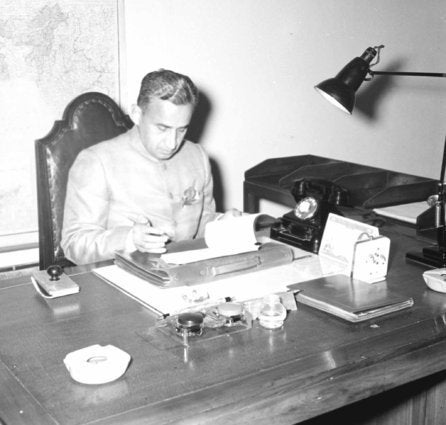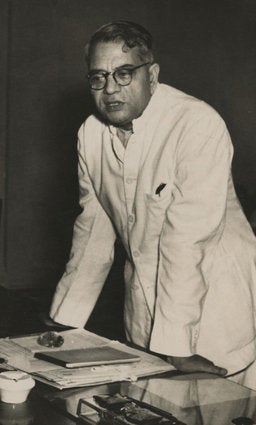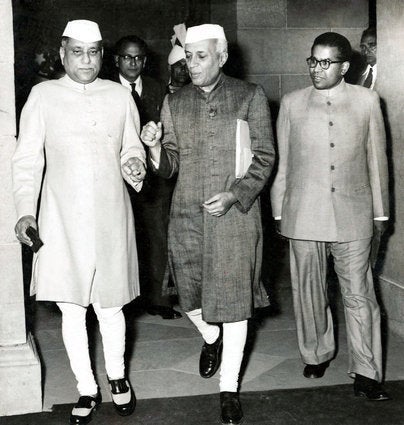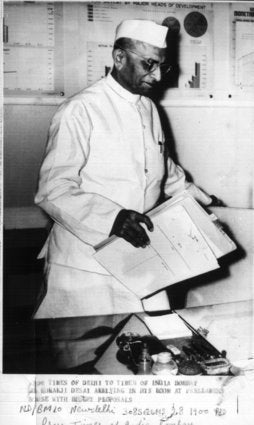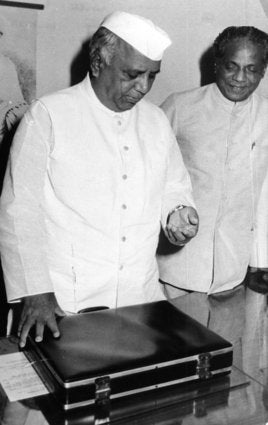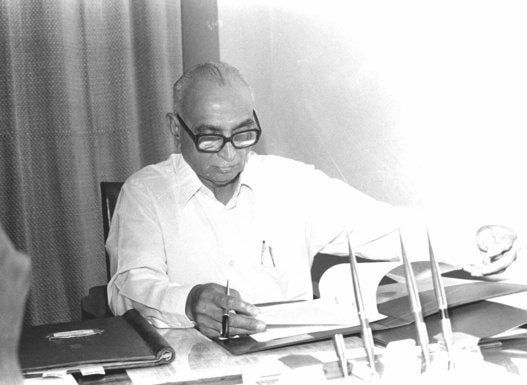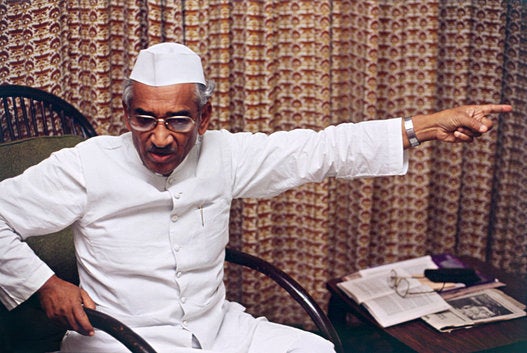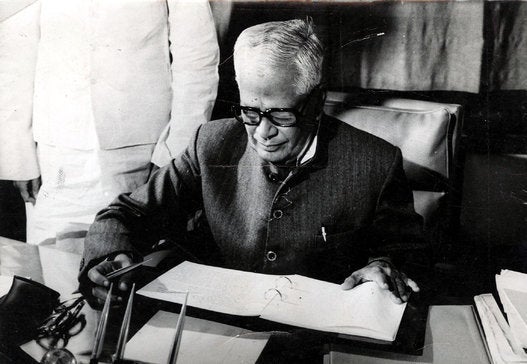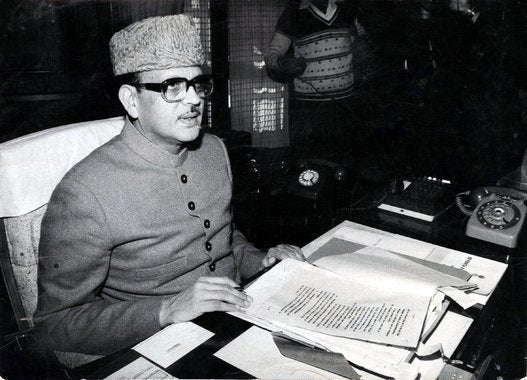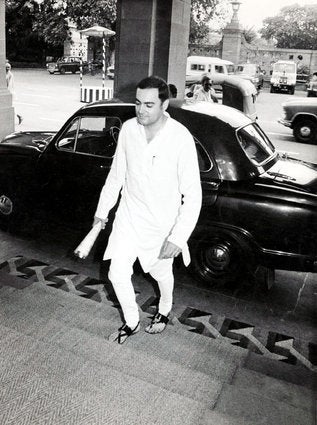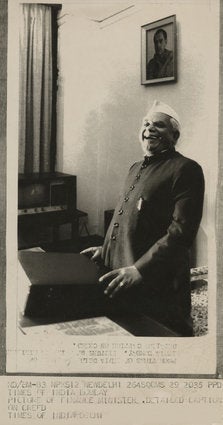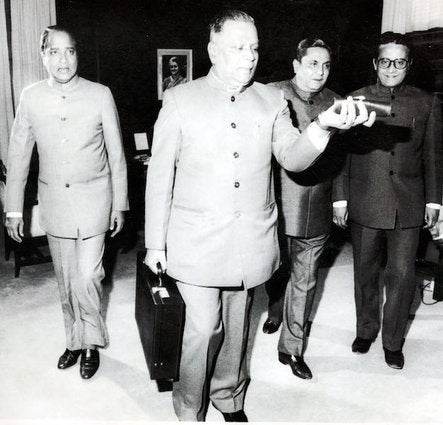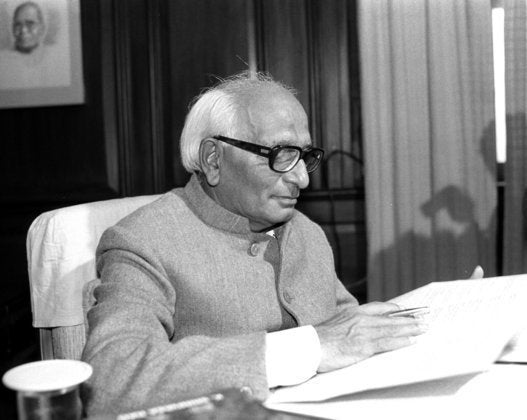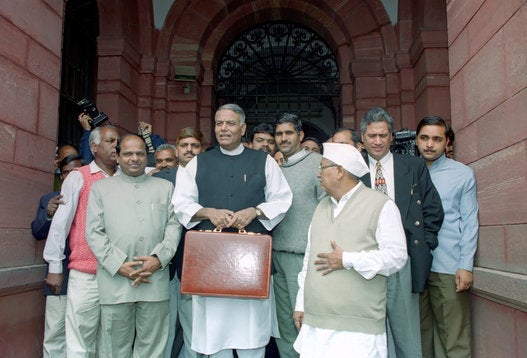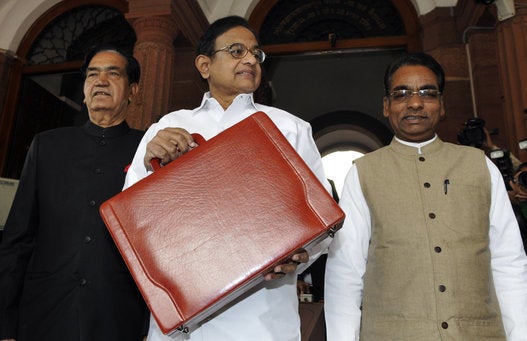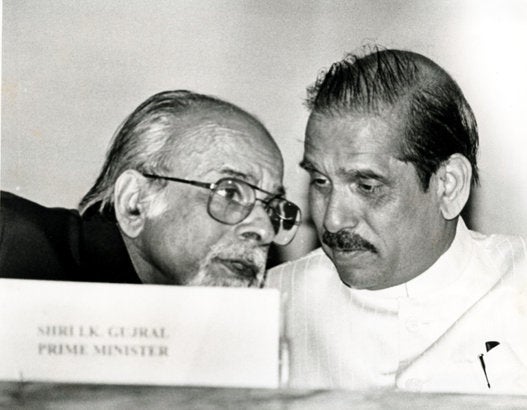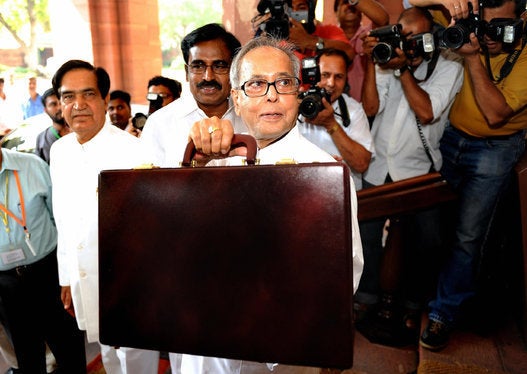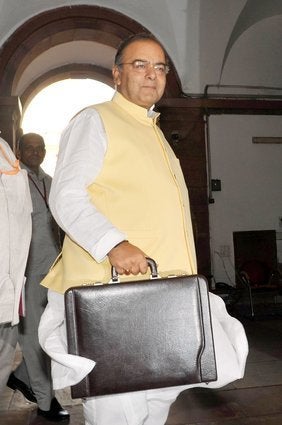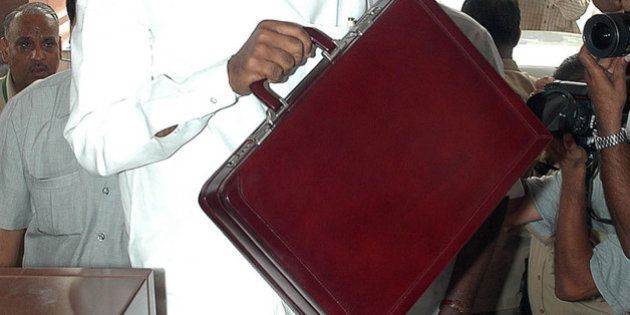
India's finance ministers have gone from being the shepherds of a shaky and uncertain economy in the early days of independence to the masters of one of the world's largest economies.
In all, there have been 26 finance ministers. On occasion, the Prime Minister has kept the finance portfolio. Some are barely remembered today, while some others are tall figures in modern India's political history.
The ceremonial budget speech and the briefcase carried by the finance minister borrows froman old Britain's ritual. Except, the same attaché is no longer handed down from one finance minister to the next.
Here are pictures of India's finance ministers. The pictures of the following ministers are unavailable: R.K. Shanmukham Chetty (1947-1949), John Mathai (1949-1951) and Sachindra Chaudhuri (1965-67).
